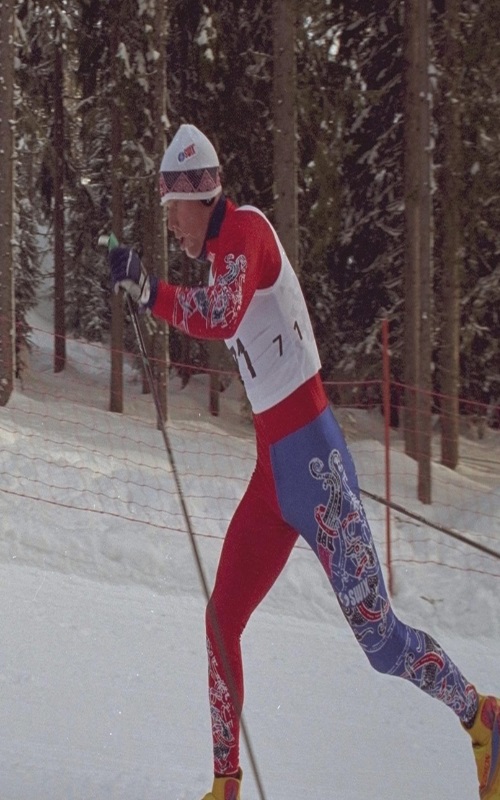Skiing and Football: The Fitness Similarities Between the Two
Balance, coordination and quads built like rocks are just three traits professional skiers must possess in order to be competitive on the slopes but how does a skier’s fitness compare to that of other sports such as football?
We all know that Skiing is a unique sport in its own right and factors a number of variations such as slalom, cross country and freestyle which all require their own specific training methods and specific kit, but many of these techniques are transferable to the most popular sport across the globe, football.
The start stop motion of football requires power through the legs which is one of the key elements for a professional skier as stress on the knees which bare a significant brunt of the weight and injuries with nearly half of top flight professionals skiers having suffered a sprain of the anterior crucial ligament (ACL).
An ACL injury is also one of the more common injuries in football and is caused due to the constant twisting and turning associated with the sport which requires impact training to prepare the body for the rigours required much like in skiing.
However, in football, it is deemed that the more physically imposing you are, the better at the game you will be and although there can be no deny that a superior level of fitness over your opponents will be a significant advantage and a larger frame can help create a competitive edge, it does not mean that those without such an attribute as height will not make the grade.

Both skiing and football do have one particular trait in common that is vital to a person if they want to make the next step up from casual player to a possible assault on the amateur ranks and that is the ability to possess a low centre of gravity.
A person’s centre of gravity is the point around which the force of gravity appears to act in a someone’s body, this is because it is the point at which the combined mass of the body appears to be concentrated.
This is important as it allows for greater stability of an athlete which enables them to have greater control over the positioning and movement of their own body which is vital in skiing and also forms one of the greatest attributes of one of the best footballers in the world Lionel Messi.
After scoring over 600 career goals and winning everything there is to win in the game (except the World Cup of course), it is hard to believe that arguably the greatest player ever was once deemed as being too small to make the grade as a professional.
At 5’7” that may appear a little harsh, but it does hark back to the point that most club coaches would first seek physical prowess and height over natural ability on the ball.
This meant that Messi had to showcase his talents in other ways and reflected the skills of a natural skier by showing sublime dribbling skills much the same as an alpine skier.
This natural talent soon caught the eye and is the reason why Lionel Messi is 9/1 to be this year’s FIFA World Cup top Scorer as of the 28th May with Betway.
However, he is not the only one to have to rely on his low centre of gravity and skiing like attributes in order to prove the doubters wrong.
At 5’5” the great Diego Maradona also struggled with doubters over his height but there can be little coincidence that arguably the two greatest footballers of all time are under six foot and benefit from a lower centre of gravity than some of their rivals.
That is not to say that height does not have its advantages but by and large when it comes to skiing in general, it matters little what height you actually are and much like in any sport, ability becomes a factor and how an individual uses their level of fitness and skill will determine how they perform on the slopes.
However, one thing we do know, the fitter you are the more enjoyable an experience you have and the better prepared you are the more you will benefit from a truly memorable experience on the white stuff.








